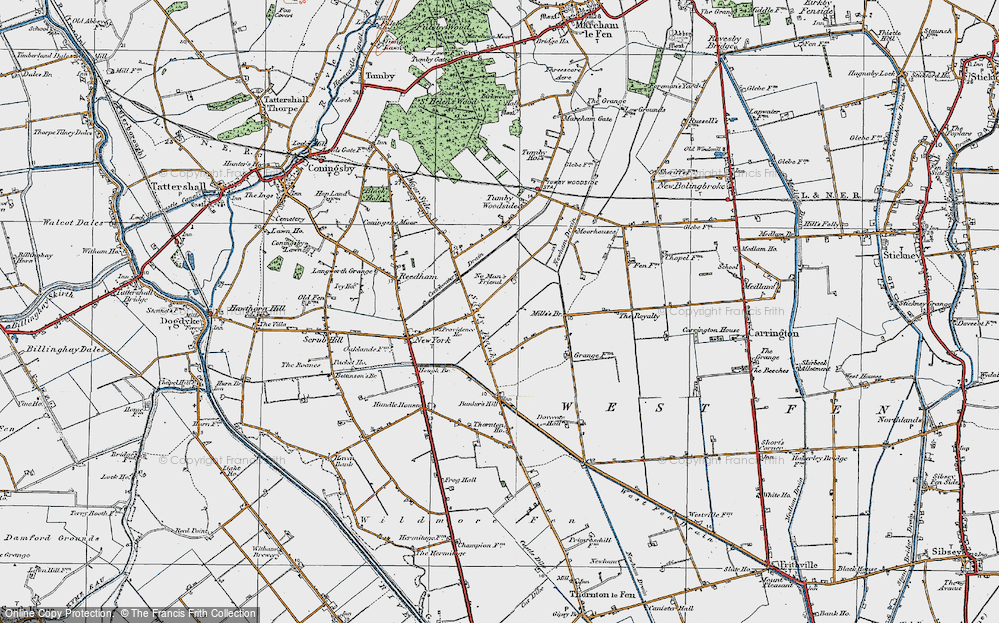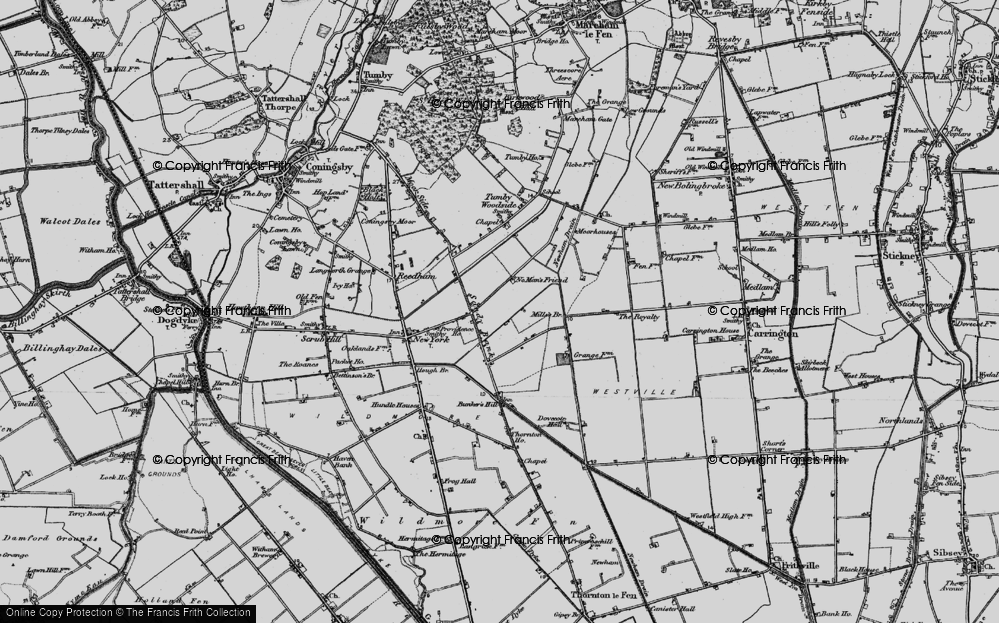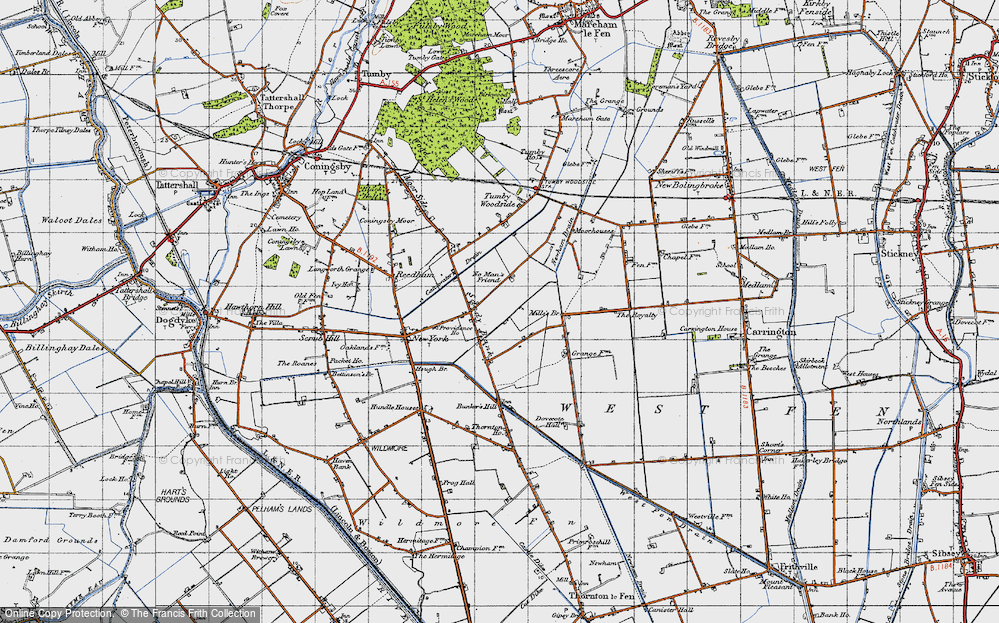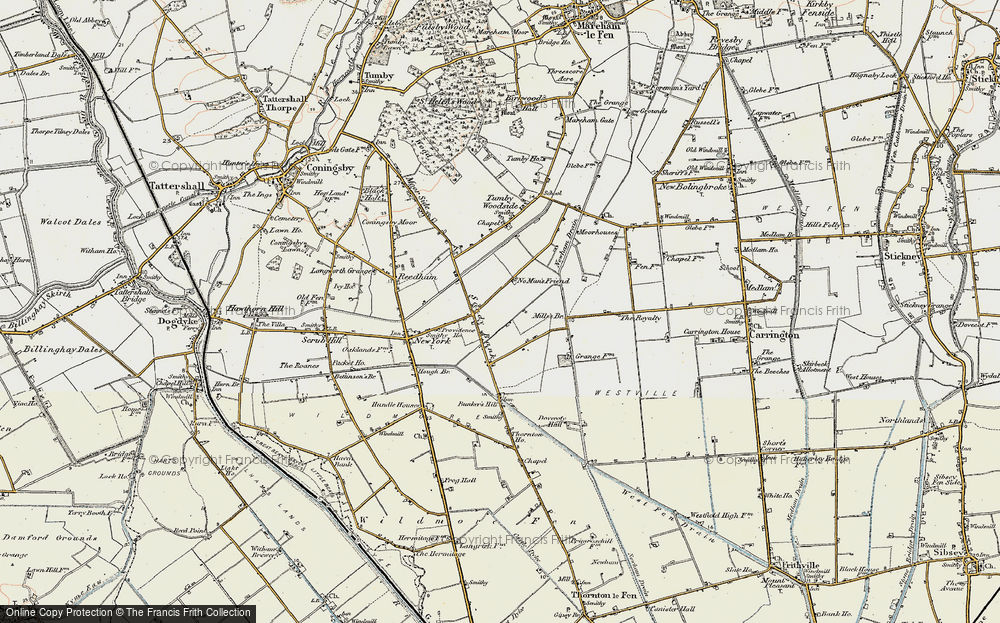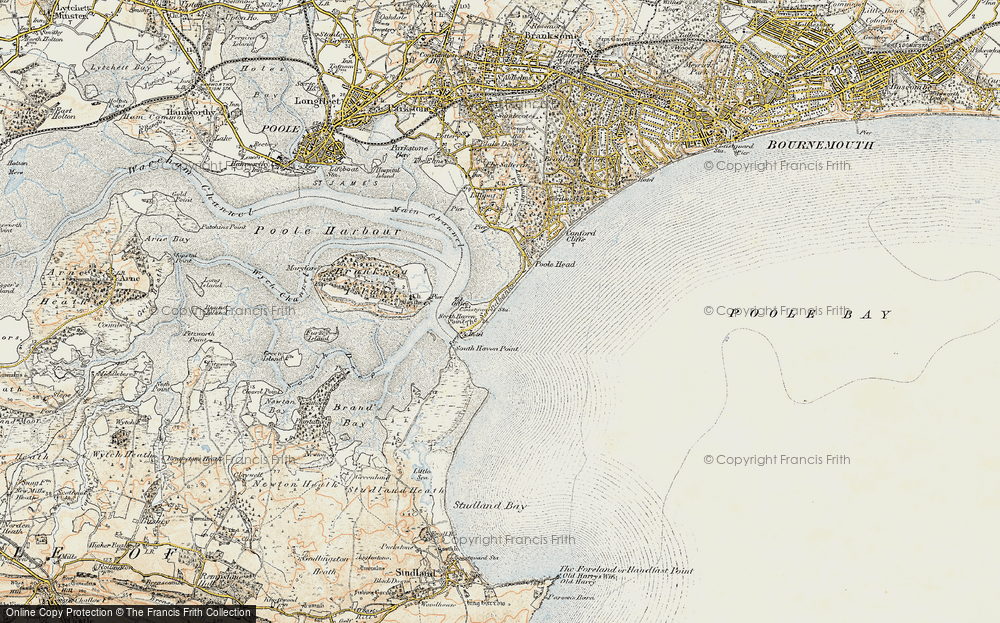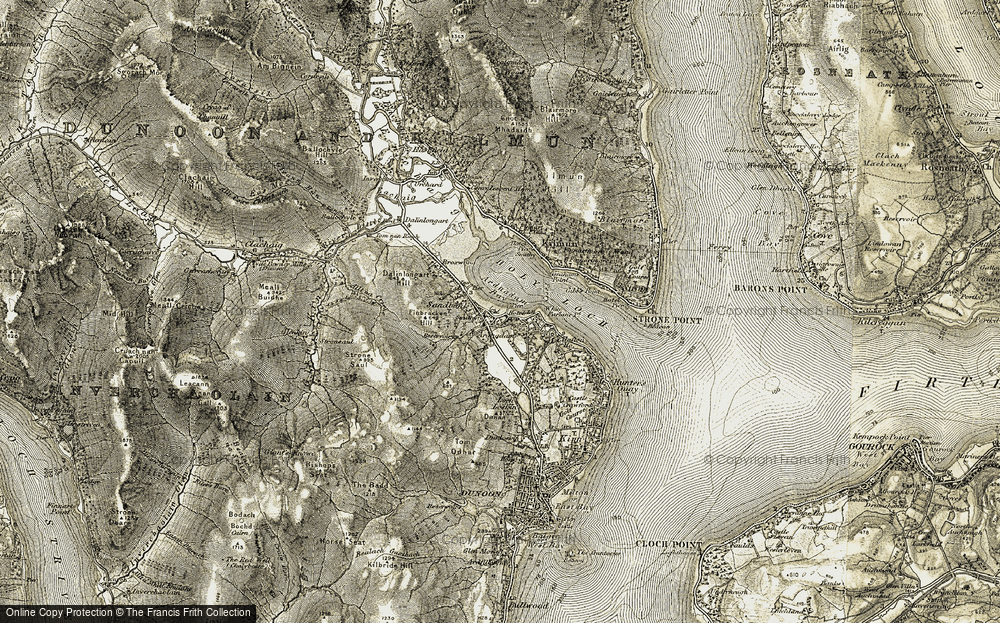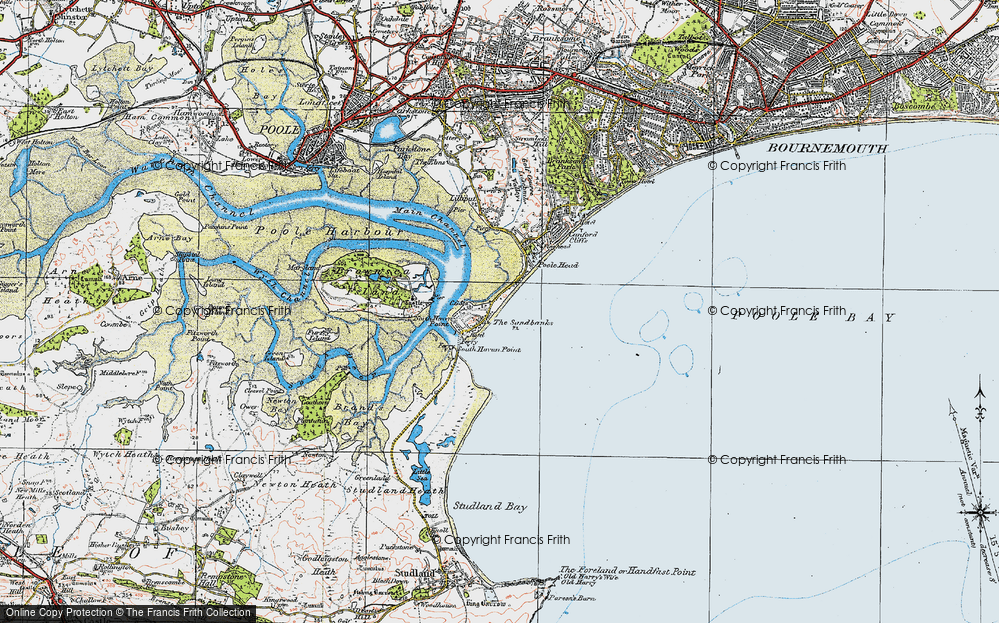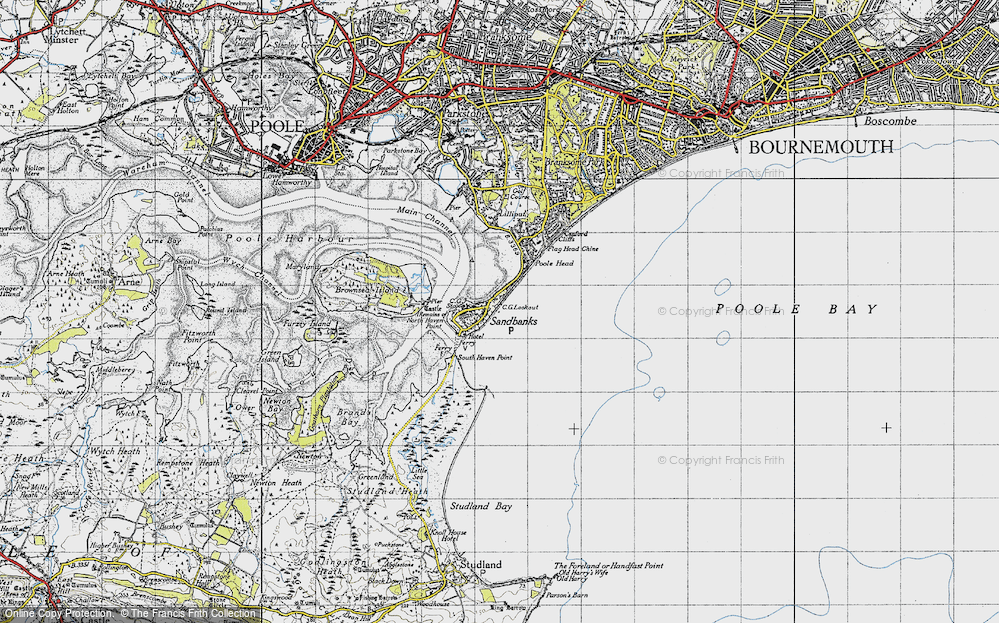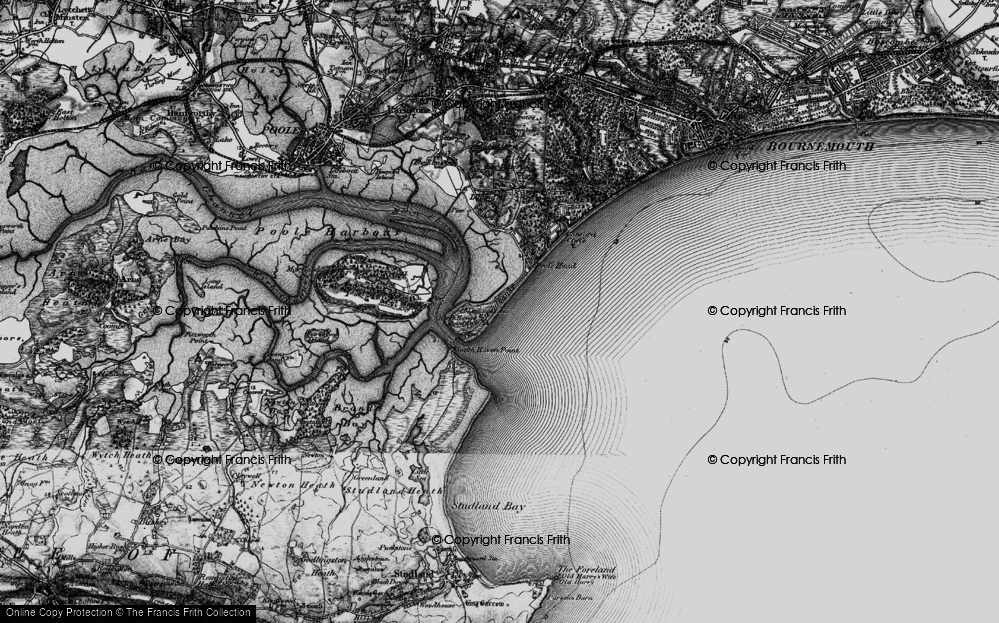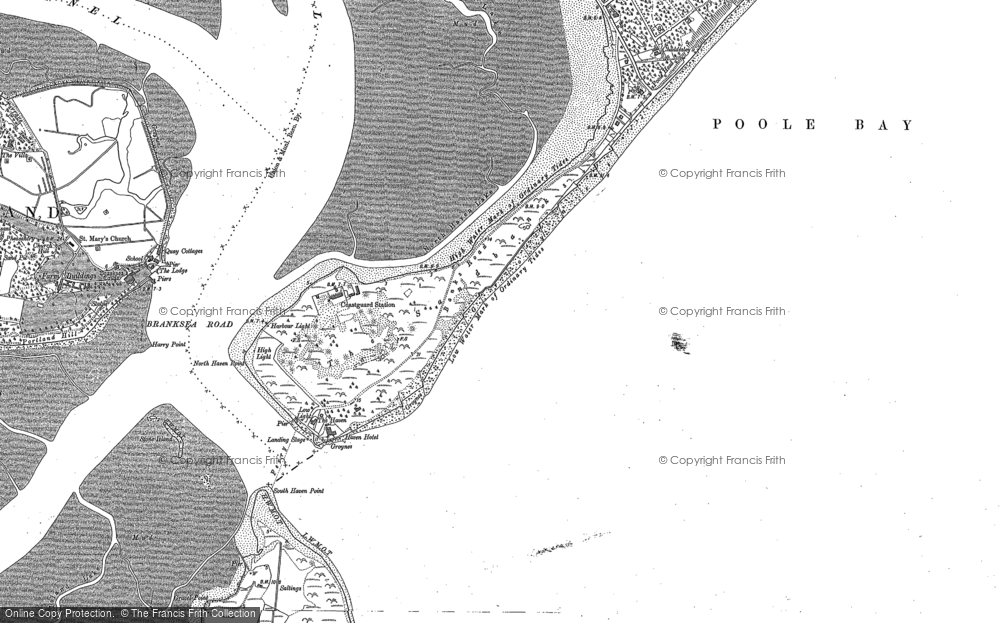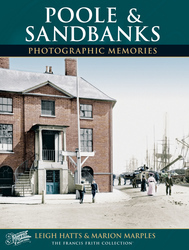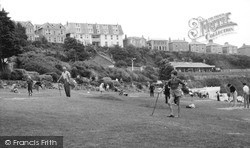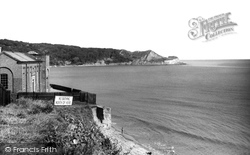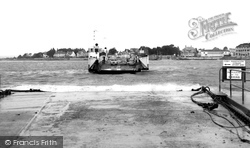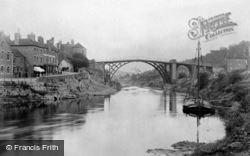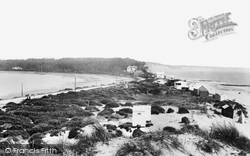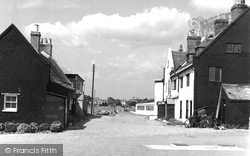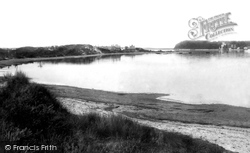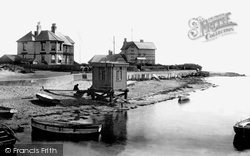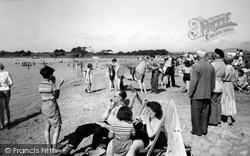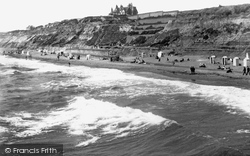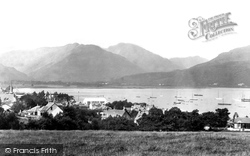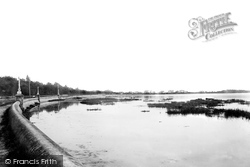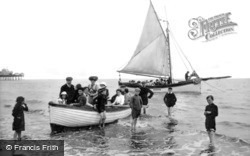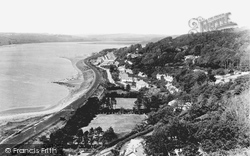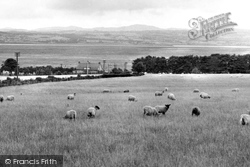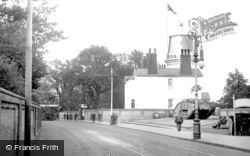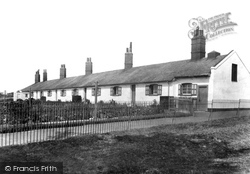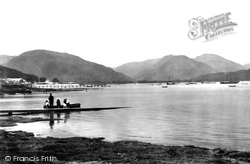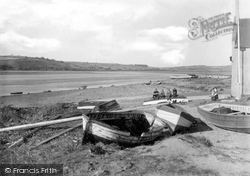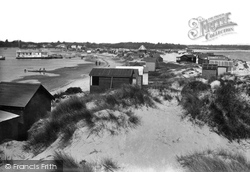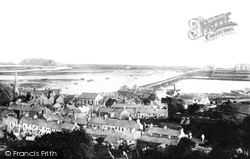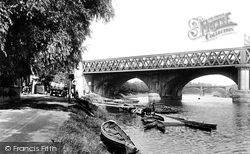Photos
Sorry, no photos were found that related to your search.
Maps
10 maps found.
Memories
40 memories found. Showing results 1 to 10.
Caravan Holiday In 50s
My parents had a caravan at The Old Coastguards close to Seasalter Sailing Club from 50s to 70s. It had only 3 caravans on it. I regularly got up early as a child to accompany the site owner, a super guy, while he followed the ...Read more
A memory of Seasalter by
The 50s At School
I remember starting school at the 'old' school and then after 3 years moving to the new school - it seemed huge and daunting and many of us got lost in the first few weeks. Pyrford was great to grow up in then - we had fields to roam ...Read more
A memory of Pyrford in 1959 by
The Gables Westbourne
Reading my Mother's notes in my 'Baby Book ' ,something seemingly not done nowadays, I was reminded that I was born in a Private nursing home, The Gables, Pine Tree Glen ,Westbourne in 1947. Now flats and ironically retirement ...Read more
A memory of Bournemouth by
Yesterday's Birch
I REMEMBER BIRCH IN 1960'S. THE VILLAGE SHOP WAS RUN BY A JEWISH MAN CALLED MR WOLFE. WHEN YOU CROSSED THE ROAD ON TO WHITTLE LANE THERE WAS A ROW OF HOUSES THAT WERE ATTACHED TO THE WHITE HART PUB . AS YOU WALKED UP THE LANE ...Read more
A memory of Birch by
West Wittering In The 1940s And 50s
My first memories are of playing on the huge expanse of sand at West Wittering and the bombing tower which used to be there after the war. We stayed on the beach till late and were put to bed in the back of ...Read more
A memory of West Wittering by
Born In Fenny Stratford
I was born at number 8 Woodbine Terrace; in attendance was nurse Brinklow the local midwife and Dr Gleeve. My parents were Jim and Vera Cusack. Just after the begining of the war my mother, ...Read more
A memory of Fenny Stratford in 1948 by
Doseley
When my dad Derick John Jones was born in 1944 he lived in a row of houses called Dill Doll Row or Dill Da Row as some people called them, they were situated at Sandy Bank, Doseley, just behind the Cheshire Cheese pub at Doseley. My dad lived ...Read more
A memory of Doseley in 1944 by
Remembering Byfleet
I was born in Byfleet in 1950. We lived in Binfield Road. Later I moved to the hotel that was built where the village green is now. My mother Beatrice Stenning was the housekeeper, cook, maid and everything in between. My dad ...Read more
A memory of Byfleet by
Family Holidays
My dad always ensured that we had a "fortnight's" family holiday each year. A fortnight was 2 weeks - ie fourteen nights. These holidays started in 1949, when I was seven and continued to up to 1958 when I was 16. In 1949 and ...Read more
A memory of Bournemouth in 1949 by
Captions
27 captions found. Showing results 1 to 24.
It was here, on rough sandy banks, that the St Ives pilchard fishing boats of the 19th century were drawn up clear of the beach. St Ives Station can be seen directly behind the boy in the foreground.
The warning sign on the left is significant, because there are treacherous sandbanks here, and bathing is only really safe at times of high water.
The view is of Sandbanks Ferry from Shell Bay looking towards Poole's sandy peninsula. The chain ferry began in 1926, saving 15 miles on the journey to Swanage.
The shallow draught of the trow was essential along a river like this with its sand banks and low summer water levels.
A great sweep of sand, appropriately called Sandbanks, guards the Bournemouth side of Poole Harbour, reaching towards the opposite peninsula of wild Studland Heath.
Sheltered from the worst of the gales by Hengistbury Head, Christchurch's harbour empties into the sea between Mudeford's quays and sandbanks.
Some of the buildings on the tip of Sandbanks are coastguard cottages.
Sandbanks is the long spit of land dividing Poole Harbour from the sea at the southwestern end of Bournemouth.
This beach in tidal Poole Harbour was handy for campers here in the northern part of Poole, who were some distance from the extensive beaches at Sandbanks and Canford Cliffs.
A cliff railway toils up and down the cliffside to help the bather gain access to the many miles of beach between Sandbanks and Hengistbury Head.
This is the village of Sandbank on the western side of Holy Loch. On the far side are the houses of Kilmun and the heights of Stronchullin Hill, Beinn Ruadh and Creachan Mor.
Shore Road (left) and Banks Road (centre) lead from Poole and Lilliput to Sandbanks (far right).
Sandbanks gives an impression of how wild and lonely the nearby site of Bournemouth must have been before Lewis Tregonwell built his house there in 1810.
The seal banks in the Wash were a favourite destination, where hundreds of seals could be seen basking on the exposed sandbanks at low tide.
The village stands on the east side of the Towy where the river breaks out to sea through a widespread expanse of sandbanks at low tide.
Where the tidal waters do reach, however, the sandbanks can be quite treacherous. Nearby are the famous Ness Botanic Gardens, maintained by the University of Liverpool
Lowestoft is the most easterly point of Britain, with many dangerous sandbanks offshore. Trinity House built two lighthouses, one on the clifftop, one on the shingle below.
This row of diminutive, white cottages provided accommodation for the Coastguards maintaining a watch along this busy stretch of the Kent coastline with its treacherous offshore sandbanks.
The village of Sandbank is on the left, Kilmun is off camera to the right.
The lifeboat house was deemed necessary by the local authorities in view of the dangerous channels and sandbanks already noted.
Sheltered from the worst of the Channel gales by Hengistbury Head, Christchurch Harbour empties into the sea between the quays and Mudeford sandbank.
Set on the south coast of the Lleyn peninsula, at the mouth of the Penrhos river, it was once a thriving commercial port; but the sea threw a sandbank across the mouth of the Afon Erch, causing the maritime
This row of diminutive, white cottages provided accommodation for the Coastguards maintaining a watch along this busy stretch of the Kent coastline with its treacherous offshore sandbanks.
Here, great ships inch their way up to the docks through the sandbanks by Lytham St Anne's. Preston was a major cotton town, and the Lancaster Canal runs from Ashton Basin.




